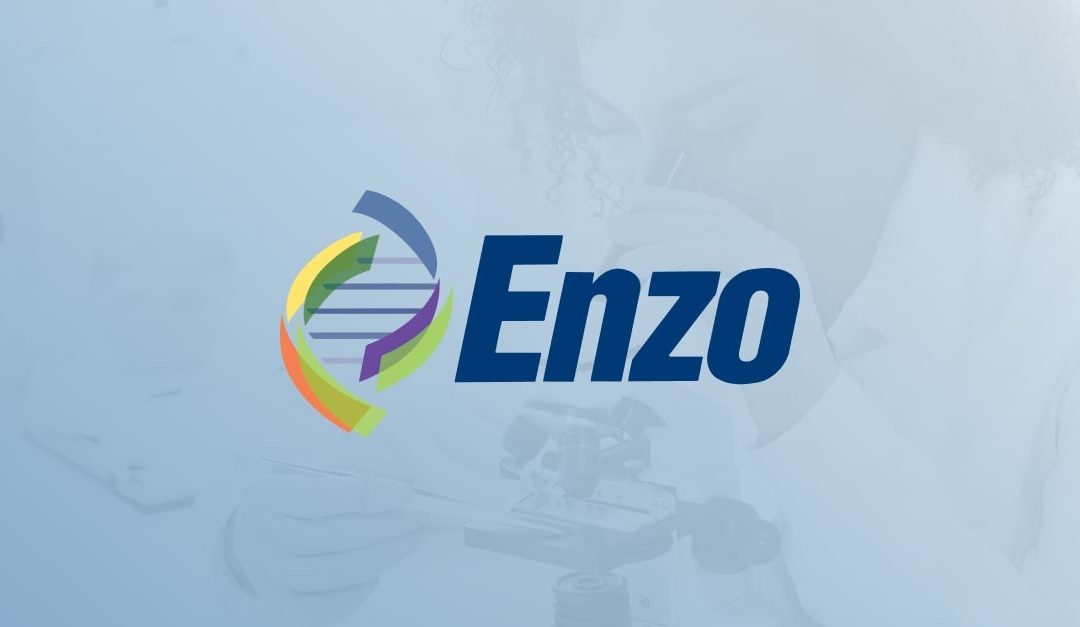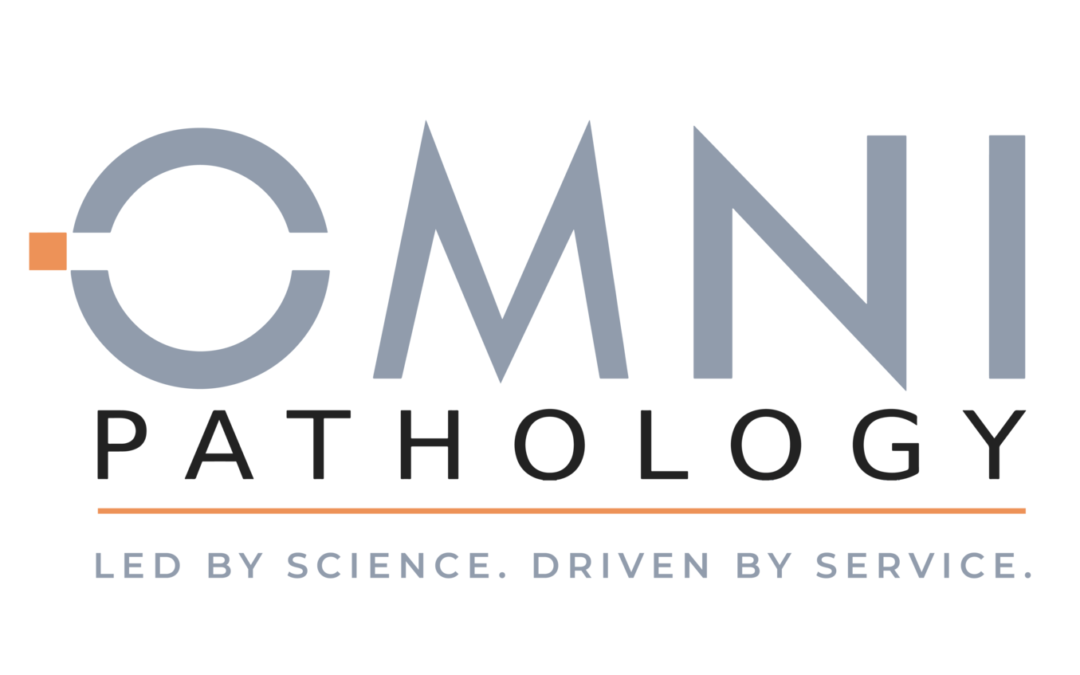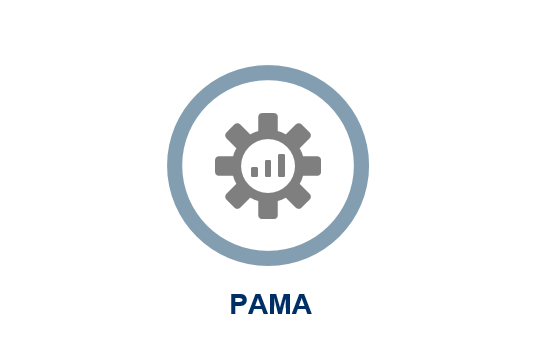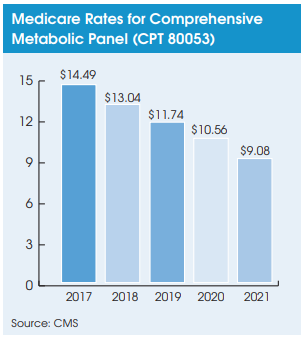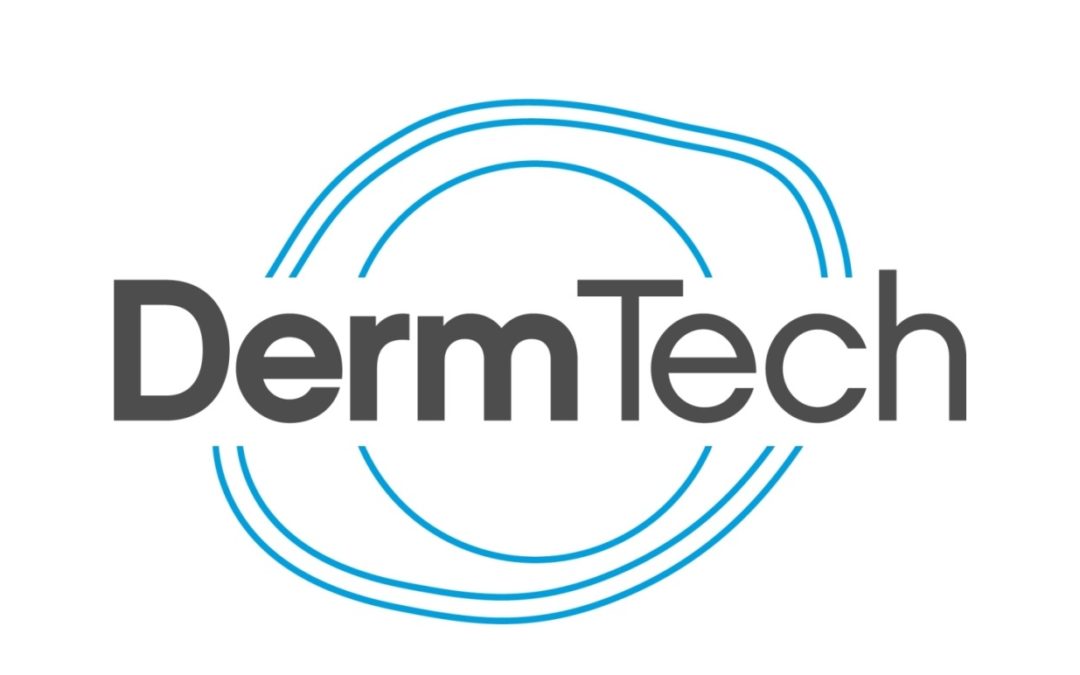OmniPathology (Pasadena, CA) was formed in 2009 with an initial focus on gastrointestinal pathology. The lab has 15 employees, five of whom are pathologists. Laboratory Economics recently spoke with Founder and CEO Mohammad Kamal, MD.
What areas does Omni Pathology specialize in?
When we started our main focus was GI pathology, but in 2017, we decided to expand our focus into gynecological, male and urological pathology services with our OmniPrism and OmniPathways test panels that combine morphology, immunohistochemistry and FISH testing. This approach allows us to improve the screening for cervical and anal cancers by providing additional information that the traditional approach does not offer. We go beyond the scope by looking for cytogenetic and immunophemotypic changes that identify high-risk patients. We also have FISH tests for bladder cancers and Barrett’s esophagus.
What geographic areas do you serve?
We provide services to about 520 physicians in a number of states, including California, Arizona, Nevada, Texas, Florida, New Jersey and Pennsylvania.
Is the business growing?
Between 2018 and 2019, we increased our CPT test code volume by 43%. Overall, we have had over 10% growth annually since 2013. We had a bad year in 2013 because of a major Medicare reimbursement reduction for CPT code 88305. Our recovery started at the end of 2014, and 2015 was a great year. We learned to diversify more. In 2018, we expanded our lab from 1300
square feet to 7200 square feet. This year we are aiming for 40% growth as a result of our expanded services in GYN, male health and clinical trials.
Do you use digital pathology?
Yes. We use it to a limited extent in primary diagnosis. We are currently engaged in conversations and research to increase our footprint in digital pathology, as I believe it’s the way of the future.
Do you have any plans to expand into other areas?
Yes. We are always looking for growth opportunities. In 2020, we have an initiative to build an infrastructure that will position OmniPathology as one of the premier clinical trial partners in the pharmaceutical and biotechnology industries. We already are working with a CRO which
has made us their preferred pathology lab for two clinical trials.
In the long run, do you think there is a place for small independent pathology labs, or will large health systems and Quest and LabCorp dominate?
More important than being independent, it’s important to highlight that we are a physicianowned organization. This means a lot because as physician-owned, we are always going to be compassionate. This is a major contrast to large corporations. Yes, I believe there is a place for independent pathology labs in the long run. Our healthcare system is better when we allow independent and small players to compete, which means allowing them into insurance networks.
What is your reaction to the recent Anthem BC of California rate cuts?
The Anthem BC rate cuts, in my opinion, are a form of bullying. They are arbitrary and illogical. In their cuts Anthem did not follow any guidelines and used a take-it-or-leave-it approach, knowing that the big players will take it. So it is in a way a tactic to squeeze out everyone else. Over the long run, these disruptive and draconian cuts are not good for our healthcare system and will destabilize our industry because they are disregarding quality.
What advantage does an independent pathology practice have over labs?
Before I started OmniPathology, I held leadership positions at some of the large labs. Organizations like OmniPathology have efficiencies that the larger labs don’t have. We provide faster turnaround time, higher quality and better and more personalized customer service. We have a compassionate approach to billing, where we can customize payment plans for patients with financial hardship. Our customers can directly reach out to our pathologists to discuss their cases, which is very hard to do in a larger organization. Revenues are reinvested in the organization rather than being spent on overinflated executive bonuses and sales commissions. Our approach in adopting technologies is guided by a strong understanding of the test clinical utility and clinical outcomes. As a physician executive, I engage my pathology teams and seek their input in everything we do, while in larger organizations, final decisions are made by non-technical executives.
What do you see as your biggest opportunities?
Our biggest opportunity is the screening and early detection of anal cancer. We have seen recent reports addressing the increased incidents of anal cancer. We validated TERC FISH on anal pap smears and use it as a valuable tool to enhance our capability to properly screen high-risk patients. When you combine the morphology of the anal pap with HPV testing and TERC FISH, you maximize the diagnostic potential of the sample and identify patients who require more aggressive treatment and follow-up.
You also are an artist, selling abstract photographs of cells. How did you get into that?
It’s a hobby. I find it’s a unique way to bridge science and art. Arman Trousseau said, “Every science touches art at some points – every art has its scientific side; the worst man of science is he who is never an artist, and the worst artist is he who is never a man of sciences.” I want my art to inspire
scientists to encourage their inner artist and inspire artists to encourage their inner scientist.
